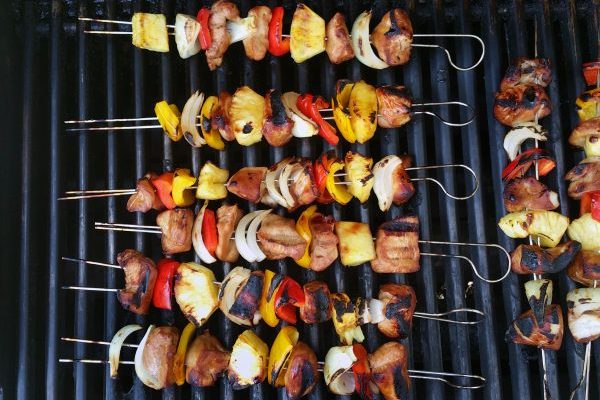Photo: Frank Schiefelbein / EyeEm (Getty Images)
The summer is not a time for ovens. This is especially true if your home doesn’t have central air conditioning. The thought of cooking anything in the oven on a hot, summer evening is on par with randomly starting a fire in a trash can in the middle of your living room. It’s just not done. When summer arrives, many of us immediately start filling our ovens with random pots and pans because we won’t be using it for the next few months. Summer is when the grill gets its moment in the proverbial sun.
During the summer months, you’re bound to enjoy the usual suspects like burgers, hot dogs, sausages, and steaks. But, if you really want to get the most out of the outdoor cooking, you’ll prepare and grill kebabs. But what exactly is a kebab?
“A kebab is a dish made up of small pieces of meat, fish, veggies, and/or fruit that’s grilled on a skewer or spit rod,” says Chef Tony Matassa of BBQGuys.
This summer, with the help of Matassa, we’re going to learn how to cook the perfect kebab, guaranteed to impress friends and family for years to come. Check out all the helpful tips from Matassa below.
Grilled Kebabs
-
Pick your meat.
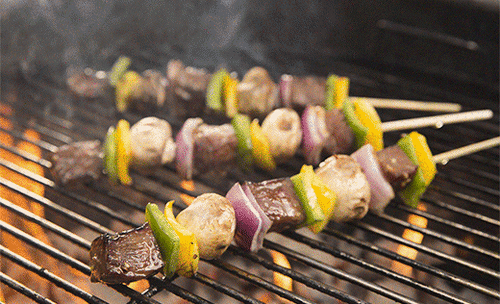
“For meat, you should always use thin and tender cuts. I prefer ribeye or cubed pork tenderloin. Stay away from anything overly beefy or chunky — cutting up a brisket or large rump roast for a kebab is a bad idea. The beefiest and least tender cut of meat I’ll kebab is a sirloin steak, but that’s not my preference.”
-
Pick your vegetables.

“Your veggies should be more on the rigid side, which is why zucchini, squash, and potatoes are some of the most popular kebab options. You definitely want to shy away from soft vegetables like tomatoes because their skin will heat quickly enough to burst, then the entire thing will fall apart. The only time you’d want to use a softer veggie on a kebab is if its flavor is crucial for the rest of the food on the skewer.”
-
What flavors work well together?
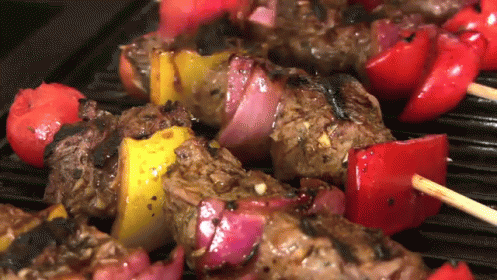
“There are no right or wrong answers for this question. You can cook so many things on a kebab that it’s impossible to pin down any flavor profiles specific to this type of cooking. The one thing to remember is that you need to add flavors that balance out the strong char taste that occurs when grilling.”
-
What temperature should they cook to?
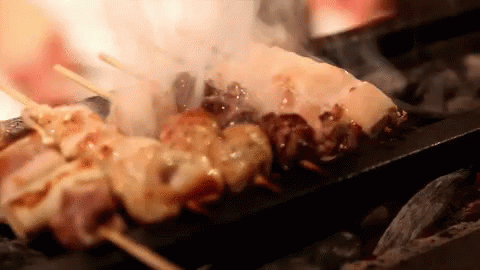
“Again, this depends on what you’re cooking. The FDA has guidelines for when different proteins are safe to eat based on their internal temperature, so that should be your starting point. But you should also ask yourself what temperature you like your meat cooked to because something like rare beef falls below the FDA recommendation. The specific internal temperatures put forth by the FDA are often included in manuals for BBQ thermometers, which you’ll need to properly follow their guidance anyway. As a general rule of thumb, you’ll be safe if you bring everything to an internal temperature of 160–165 degrees Fahrenheit. Some things will probably be overcooked, but at least you’ll know it’s all safe to consume.”
-
Flat versus round skewers.
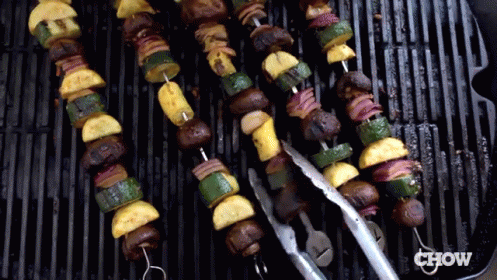
“Right off the bat, you should try to use flat skewers instead of round skewers. Food on a round skewer will spin down to its heaviest side every time you turn the spit, meaning it won’t have the chance to cook evenly on every side. Flat skewers, on the other hand, make it so this isn’t a problem. If you have to use rounded skewers, spit your food on two of them to prevent it from spinning with each turn.”
-
Make sure to soak your skewers.
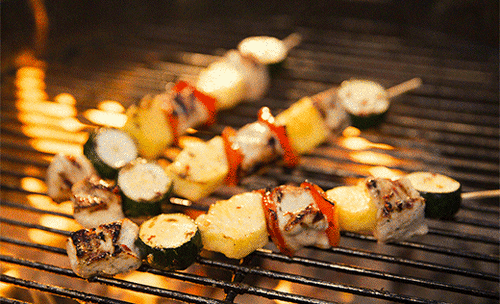
“Bamboo or other types of wooden skewers are pretty popular because they can be discarded after dinner, but you need to soak them in water before placing them on your grill. A dry bamboo skewer doesn’t take long to catch fire — but when it’s soaked, the skewer has to completely dehydrate before it can ignite. That extra time will allow your kebab to cook without the skewer burning.”
-
Think your dish through.
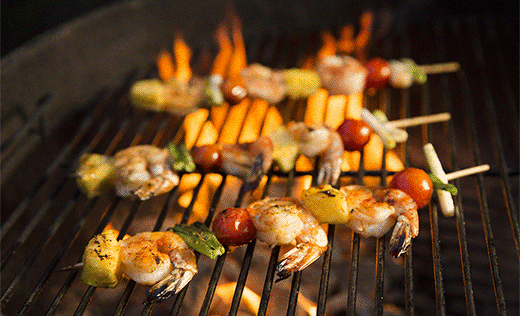
“Even if you’re itching to throw food on the skewers and get your kebab cooking, take your time and think the dish through. It’s easy to get carried away dreaming up an exotic kebab, but your vision won’t be all that pretty of a reality unless the cook times for each food on the skewer are similar. Steak and potatoes, for example, sounds like an awesome kebab, but they can have hugely different cook times. The steak might need only a few minutes on the grill, whereas the potatoes may take much longer. In that kind of scenario, it’s a better idea to place all the steak on one skewer and all the potatoes on another, then grill them so they finish at the same time. And while we’re on the subject of cook times, remember that larger portions of food will take longer to cook than smaller ones.”
-
Get out of your comfort zone.
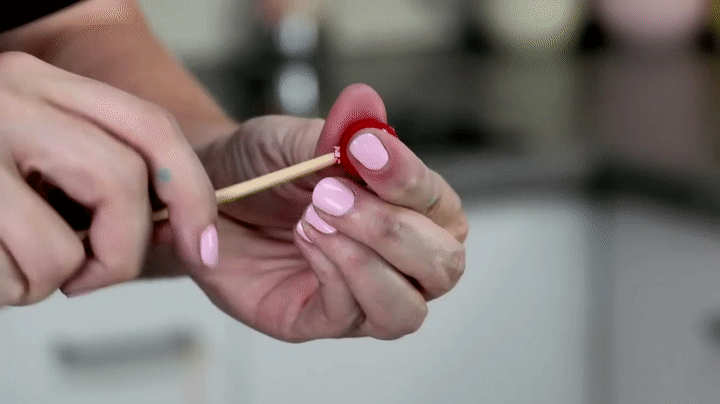
“I encourage you to branch out of your comfort zone with kebabs. Try something exotic like a pineapple-and-peach kebab, or surprise your guests by following up dinner with dessert s’mores kebabs. Grilling kebabs is a great excuse to experiment with food and try new dishes.”
